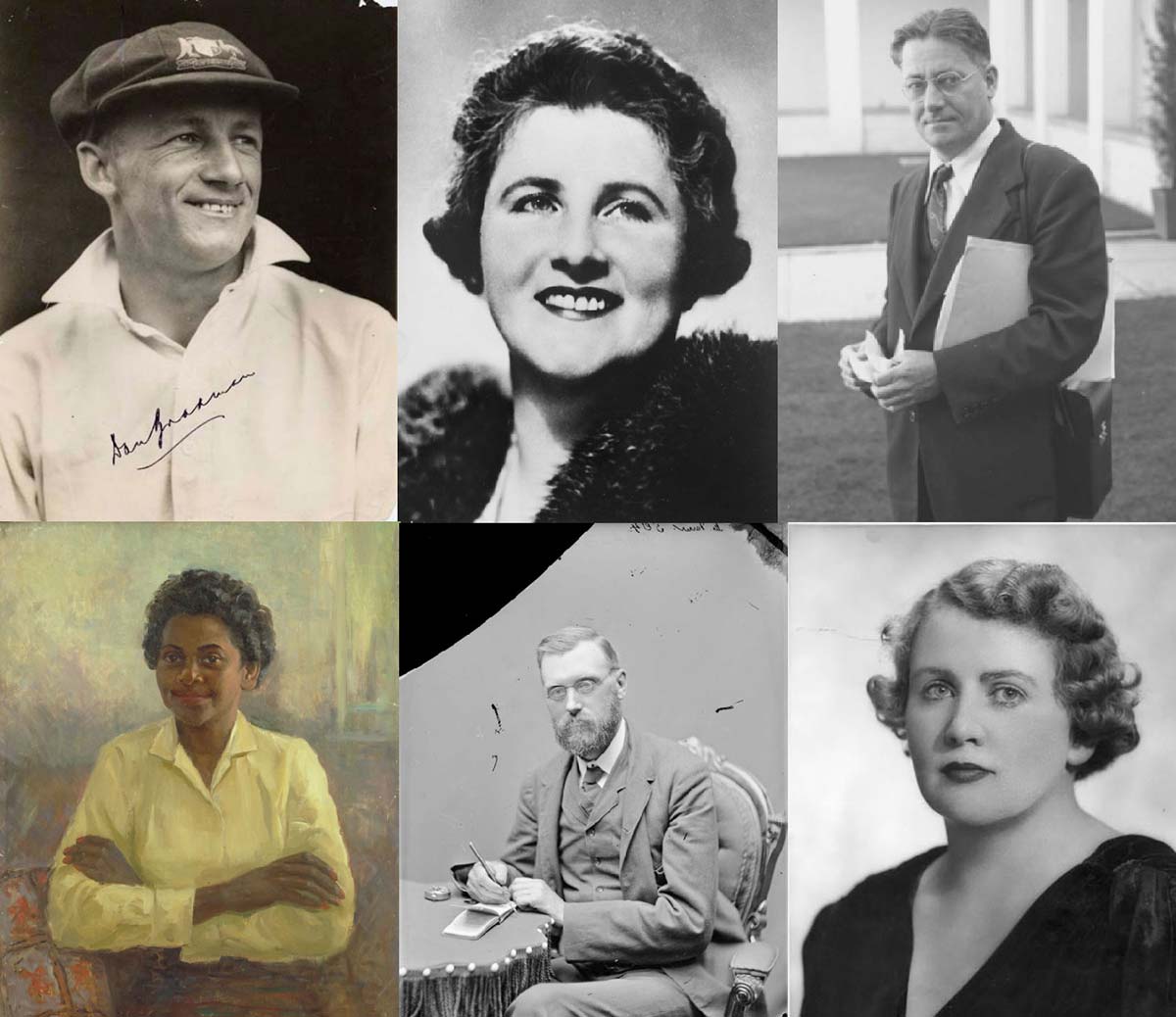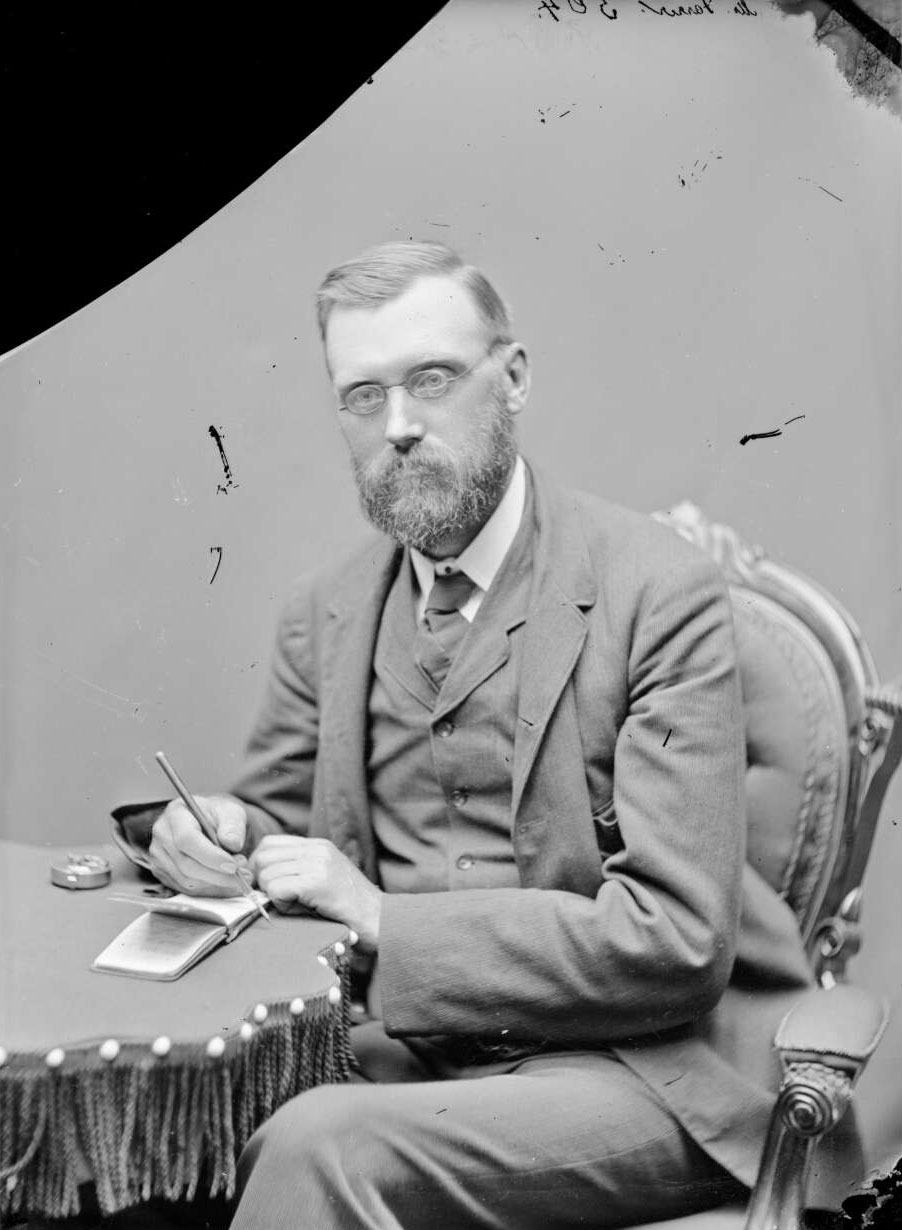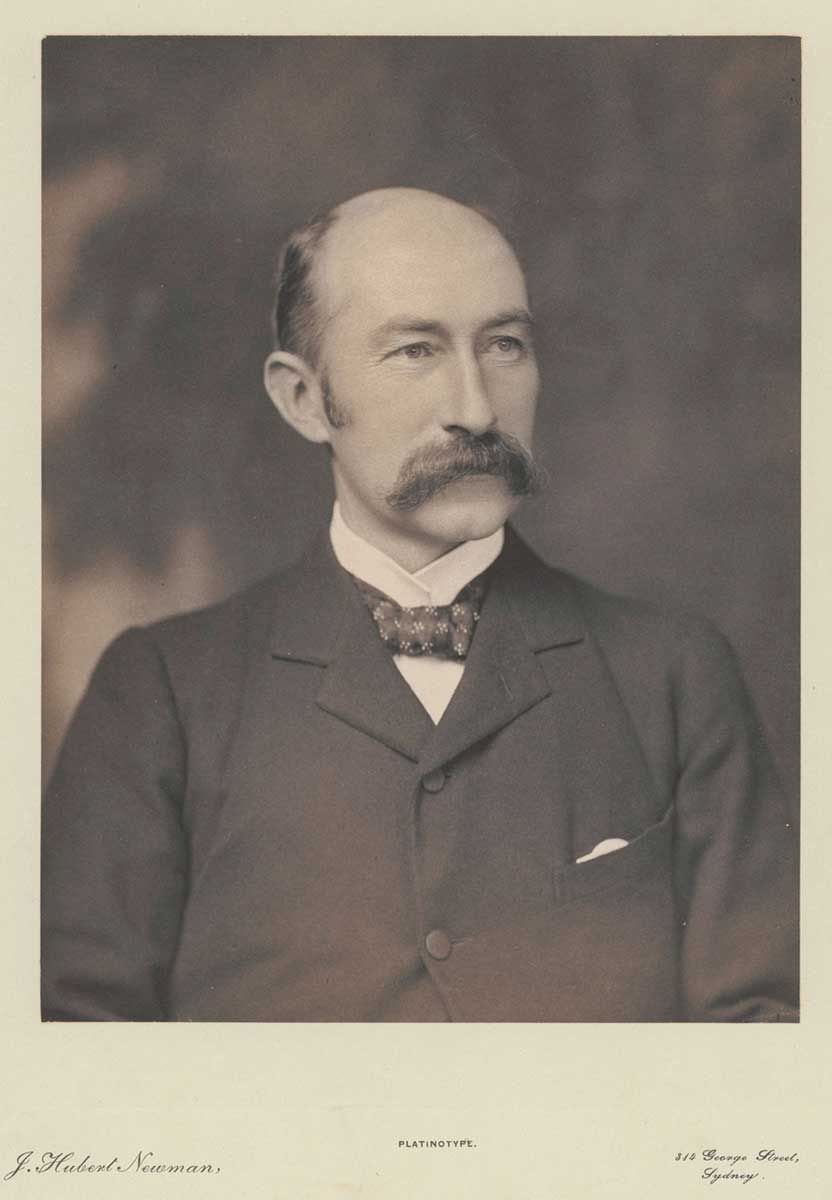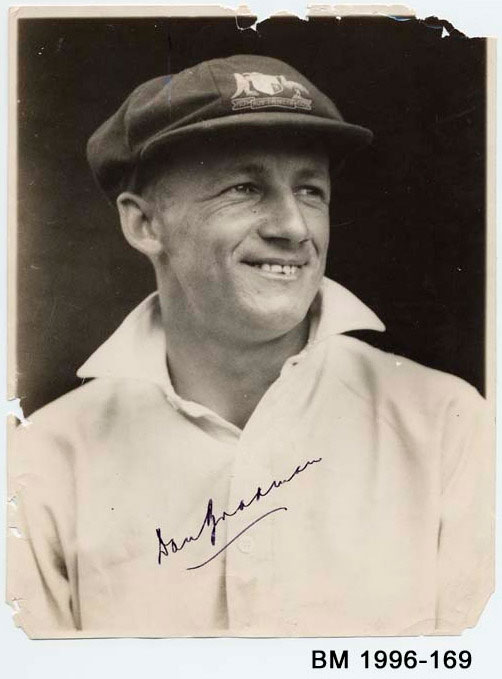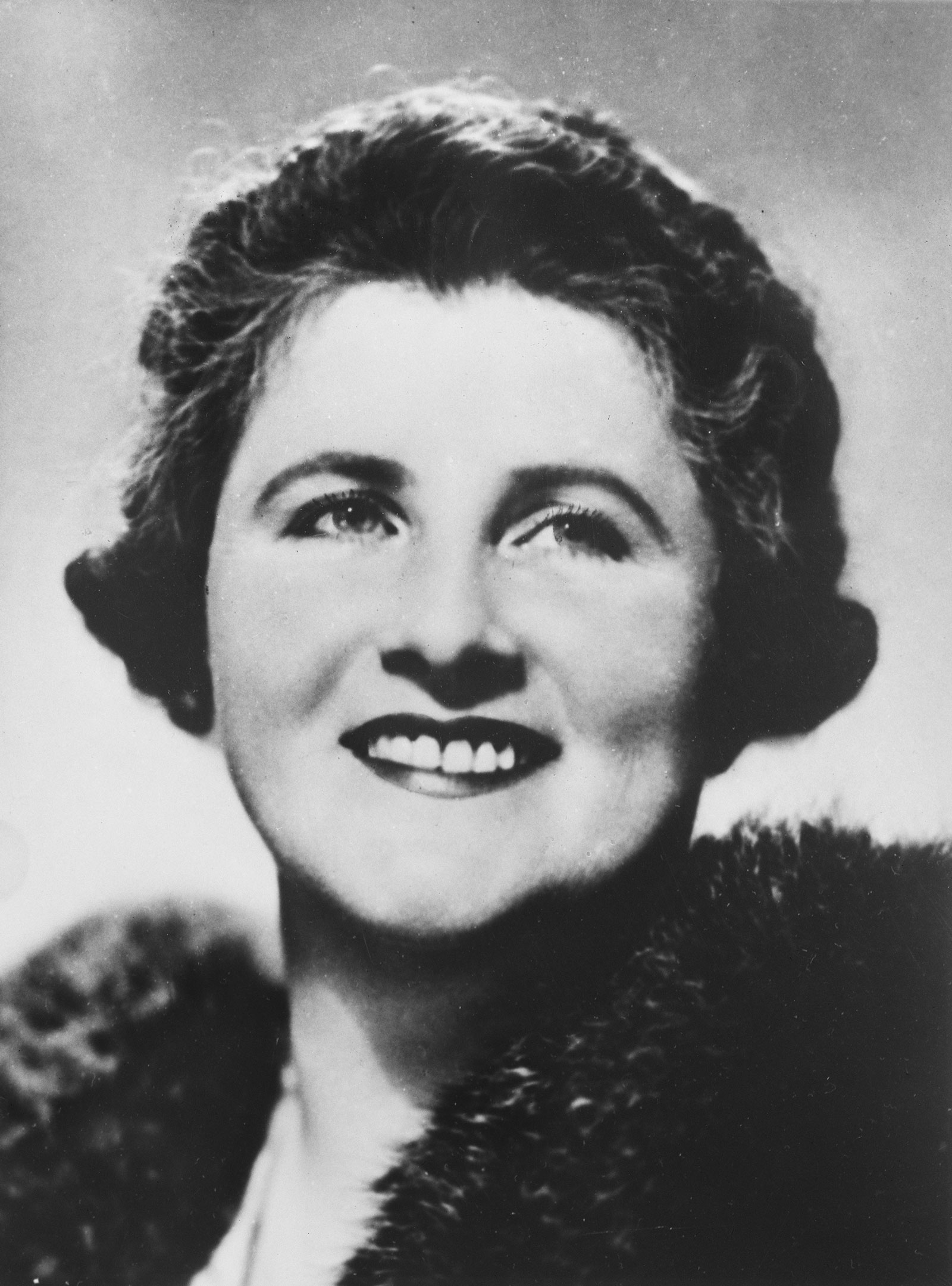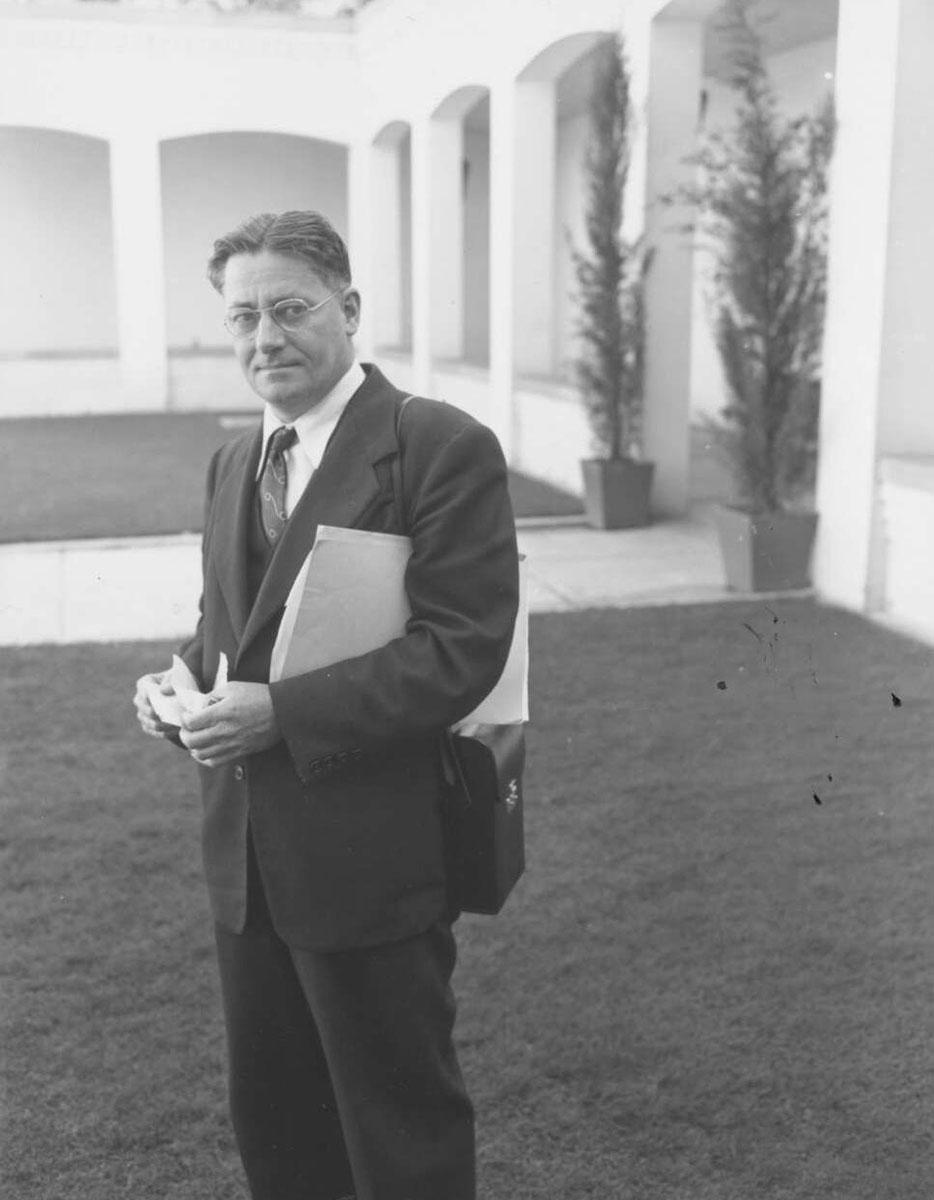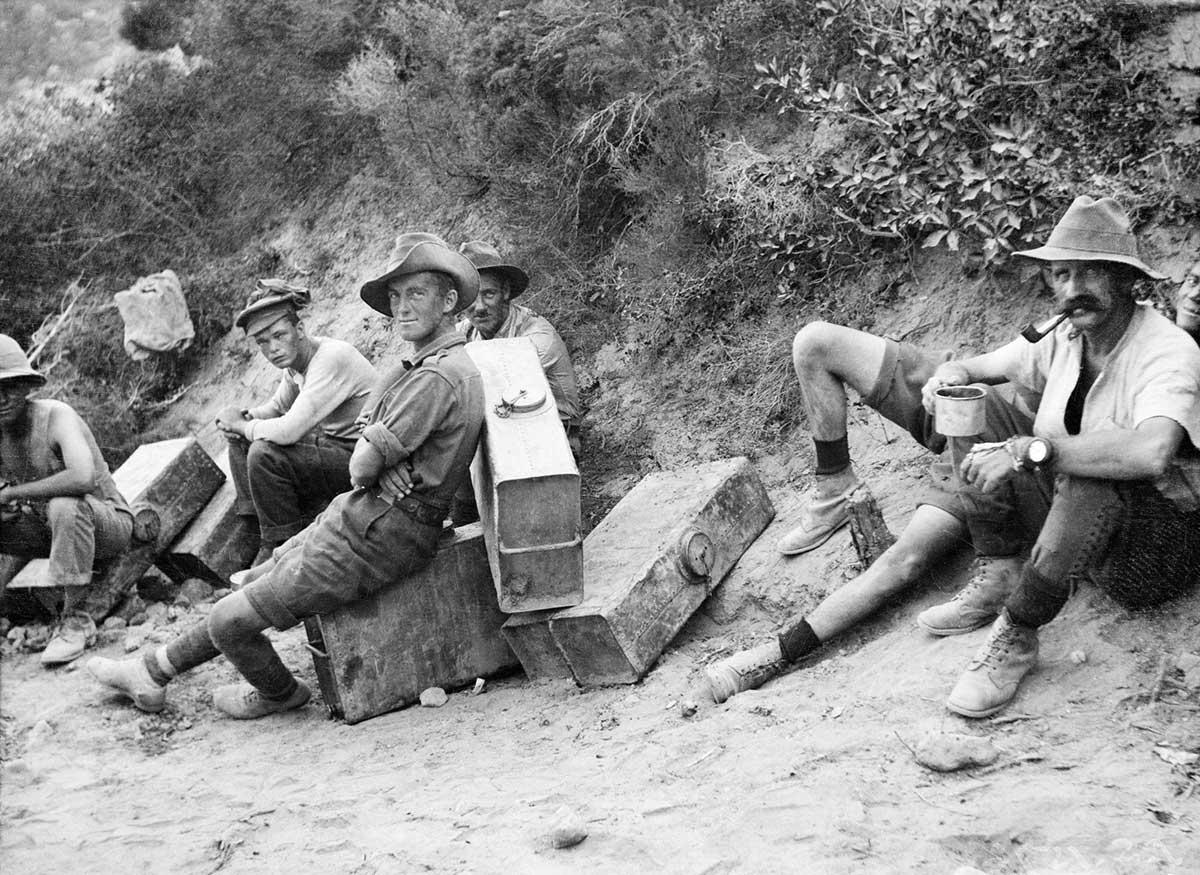Learning module:
Australia since Federation Defining Moments, 1901–present
Investigation 5: Significant people
5.7 1967 Faith Bandler: Changing the Constitution
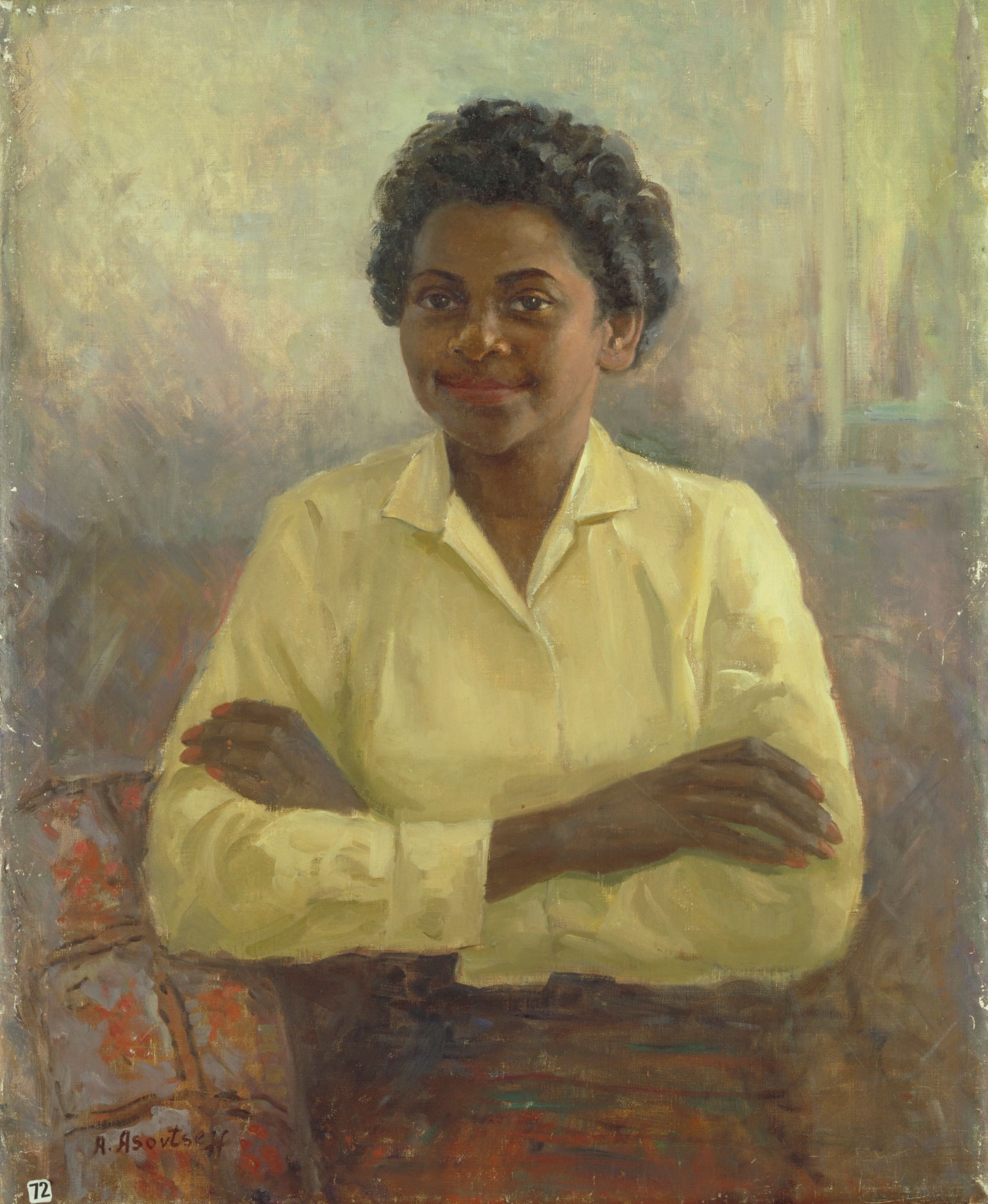
Based on the Defining Moment in Australian history: 1967 A decade of activism succeeds — Indigenous referendum
Imagine that you know a group of people in Australia face discrimination, and have fewer civil rights than other Australians do.
The government that can help these people is not allowed to pass laws that will help them — they do not have that power under the Constitution.
How do you go about changing the Constitution? Who do you have to convince? How do you get people to vote for the change?
Discuss these questions, then see what happened with one person in Australia.
Read the information below and use it to answer the Significant people in Australian history questions at the bottom.
Faith Bandler information file
Faith Mussing was born in 1918. Her father was a South Sea Islander. When he was 13 years old he was brought against his will from Vanuatu to work in the Queensland sugar cane fields. He later married a Scottish-Indian woman.
Faith and her sister served in the Australian Women’s Land Army during the Second World War, working for farmers whose usual labourers had joined up to fight the war.
After the war she married Hans Bandler. She became active in many organisations that were working to improve the lives and the rights of Aboriginal and Torres Strait Islander people.
Her most famous job was leading an organisation that worked to change the Australian Constitution. The Constitution did not allow the Australian Parliament to make laws that helped Aboriginal people. Bandler and others had to persuade the politicians to put forward a proposal to change the Constitution in a referendum (a vote by the people). She had to then help persuade voters to support the change. This meant lots of meetings, speeches, and organising people to go to vote. For a referendum to pass, it had to have a majority of votes of the people of Australia as a whole, as well as a majority of votes in at least four states.
In 1967 the people voted. Over 91 percent of all Australians supported the change, and people in all six states supported it. The Australian Parliament could now make laws that improved the lives and civic rights of Aboriginal and Torres Strait Islander Australians.
Faith Bandler died in 2015.
Significant people in Australian history
1. Who was the person?
2. When did they live?
3. Where did they live?
4. What did they do?
5. Why did they do this?
6. What problems did they have to overcome to succeed?
7. What happened to the person?
8. What was the outcome or effect of what they did?
9. What qualities did this person have?
10. Why was this person significant or important in Australian history?
11. If you could meet this person and ask them three questions, what would they be?
12. If you were advising the National Museum of Australia on an object that it could display to help tell their story, what would you suggest? You can see what objects the Museum has using the National Museum of Australia Collection Explorer.






